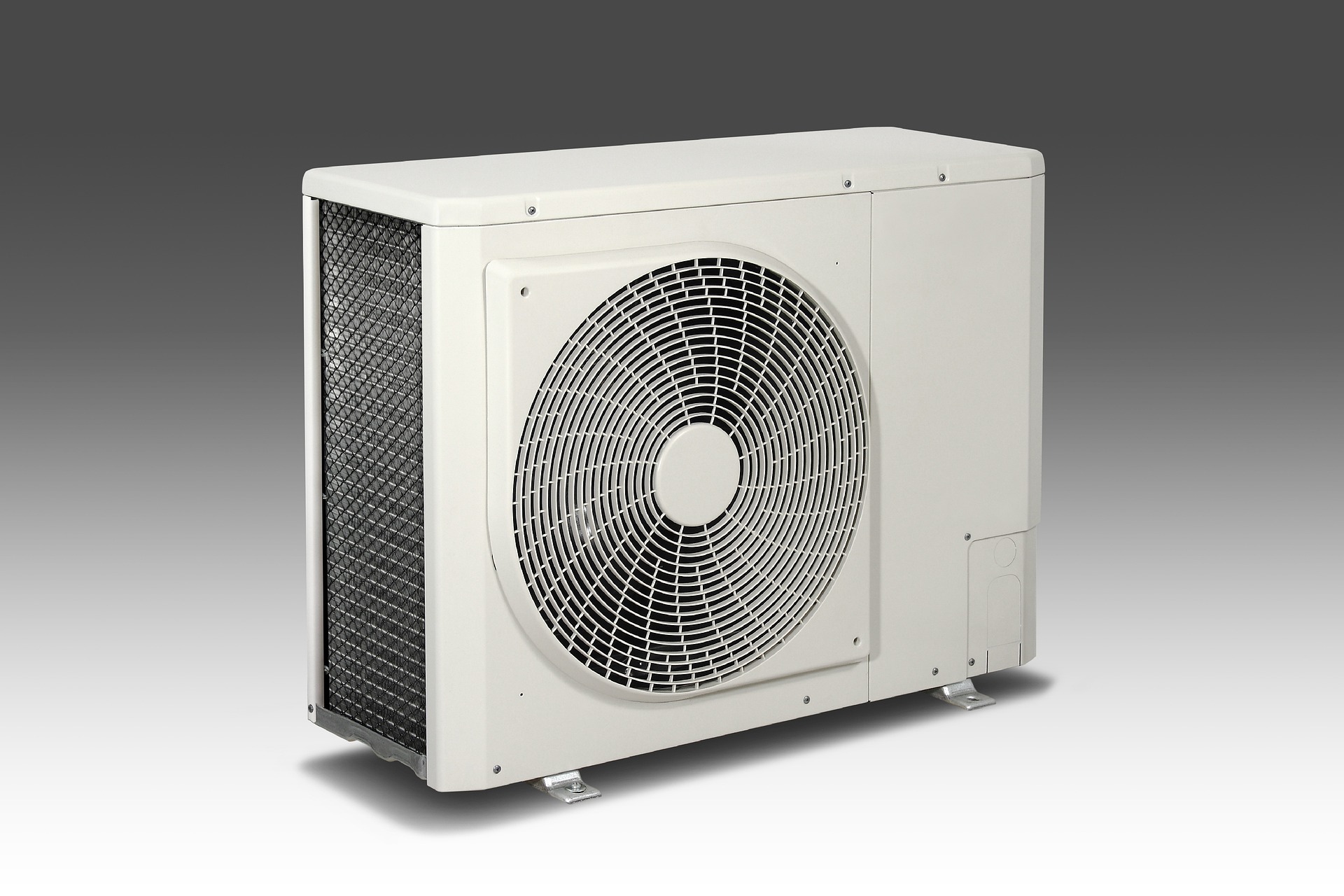The Future of Home Heating: Understanding Modern Heat Pump Technology
As environmental awareness grows and energy costs rise, heat pumps have emerged as a leading solution for efficient home heating and cooling. This innovative technology is revolutionizing how we think about climate control in residential settings, offering both sustainability benefits and potential cost savings. Let's explore why heat pumps are becoming increasingly popular and how they can benefit homeowners.

Why Are Many Homeowners Considering Heat Pumps?
The surge in heat pump interest stems from several compelling factors. Modern heat pumps offer exceptional energy efficiency, often delivering three to four times more heat energy than the electrical energy they consume. This efficiency translates to lower utility bills and reduced carbon emissions. Additionally, heat pumps provide both heating and cooling capabilities, eliminating the need for separate systems and simplifying home climate control.
How Are Heat Pumps Transforming Older Buildings?
Heating systems in older buildings present unique challenges, but recent technological advances have made heat pumps increasingly viable for these structures. High-temperature heat pumps can now work effectively with existing radiator systems, making them suitable for historic buildings without requiring extensive modifications. This advancement has opened new possibilities for modernizing heating in traditional structures while preserving their architectural integrity.
What Makes High-Temperature Heat Pumps Different?
High-temperature heat pumps represent a significant technological breakthrough in the heating industry. Unlike conventional heat pumps that typically produce water temperatures of 35-45°C, high-temperature variants can achieve outputs of 65-80°C. This capability makes them particularly suitable for retrofitting older buildings with existing radiator systems and meeting demanding hot water requirements.
Understanding Heat Pump Installation and Requirements
Proper installation is crucial for optimal heat pump performance. The process typically involves:
-
Assessment of building insulation and heat loss
-
Sizing calculations to determine appropriate capacity
-
Selection of suitable outdoor unit location
-
Installation of internal components
-
Integration with existing heating systems
Cost Considerations and System Types
Heat pump systems come in various configurations and price points:
| System Type | Typical Installation Cost (€) | Annual Operating Cost (€) |
|---|---|---|
| Air Source | 8,000 - 16,000 | 800 - 1,200 |
| Ground Source | 12,000 - 25,000 | 600 - 1,000 |
| Water Source | 10,000 - 18,000 | 700 - 1,100 |
Prices, rates, or cost estimates mentioned in this article are based on the latest available information but may change over time. Independent research is advised before making financial decisions.
Key Benefits and Long-Term Value
Heat pumps offer numerous advantages that justify their initial investment:
-
Reduced energy consumption and operating costs
-
Lower carbon footprint
-
Year-round climate control
-
Minimal maintenance requirements
-
Extended system lifespan (15-20 years)
-
Potential eligibility for government incentives
While the upfront costs of heat pump installation may seem substantial, the long-term benefits often outweigh the initial investment. As heating technology continues to evolve and energy prices fluctuate, heat pumps represent a future-proof solution for home climate control. Their ability to provide efficient heating in various building types, combined with their environmental benefits, makes them an increasingly attractive option for homeowners looking to modernize their heating systems.




